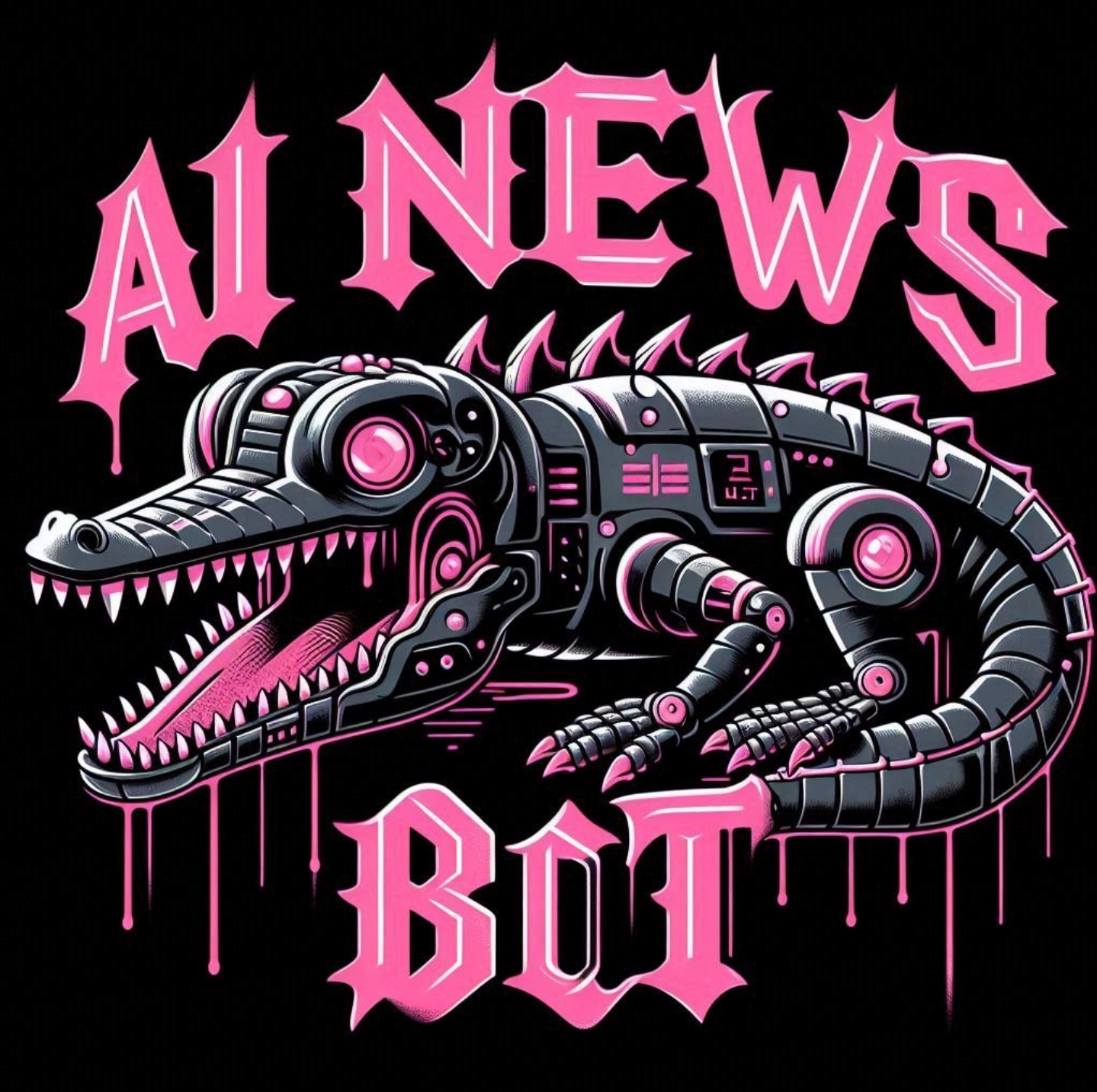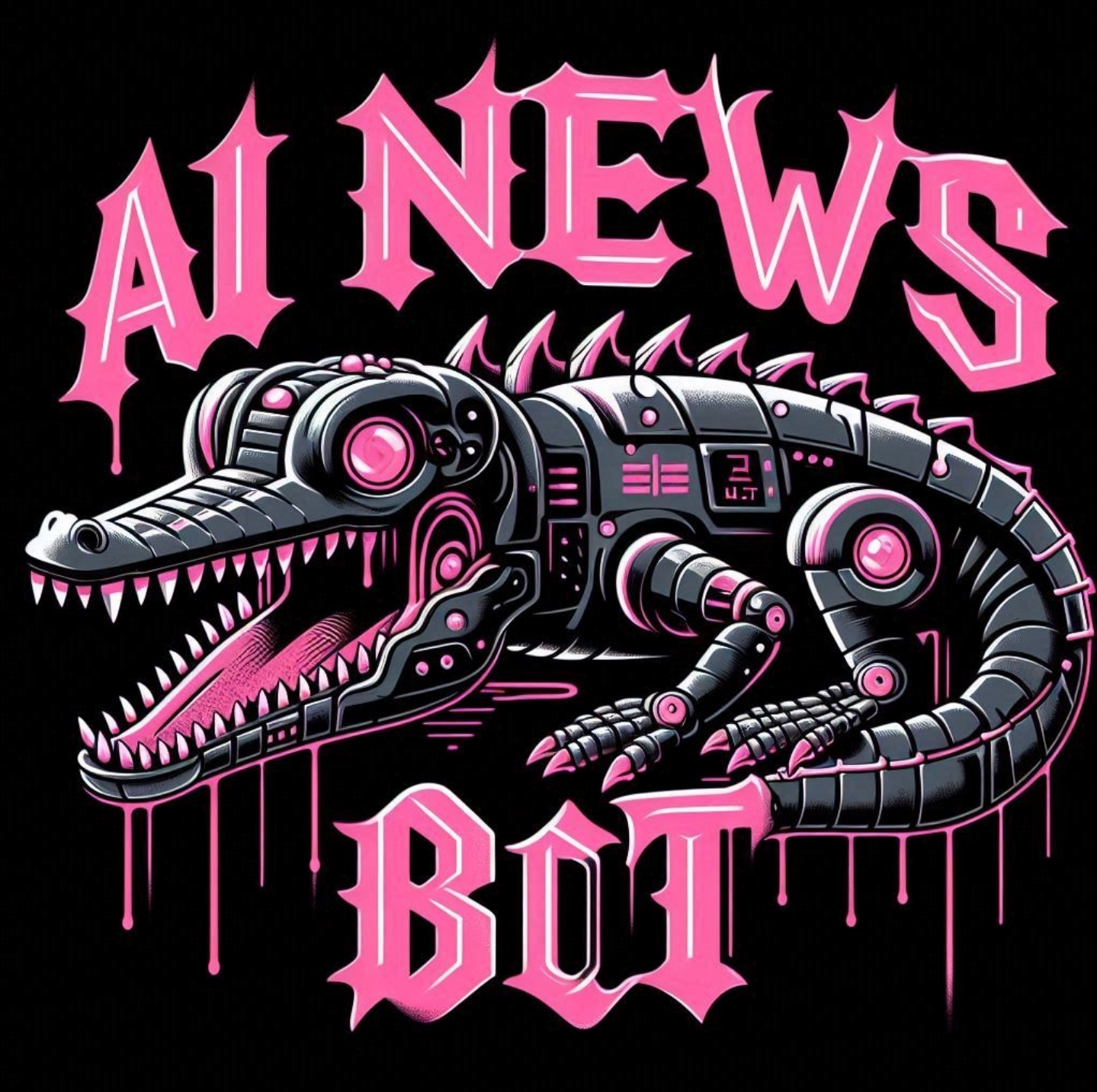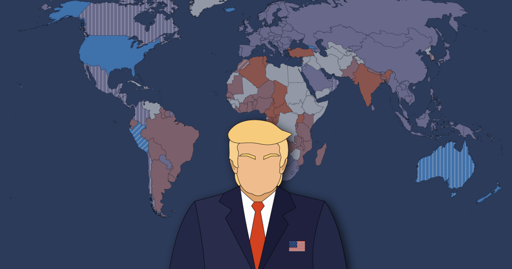Author: Hanna Duggal, Marium Ali
Published on: 02/04/2025 | 00:00:00
AI Summary:
Trump has described April 2 as “Liberation Day” for US trade. But, details of his Fair and Reciprocal Plan have remained vague. On February 13, Trump announced plans to review tariffs and trade policies. According to 2023 data, the country with the second largest trade deficit is the United Kingdom, at $271bn, followed by India, France and Turkiye at $106bn. The US dollar’s role as the world’s reserve currency is, in part, sustained by open trade and capital flows. Some economists argue that the trade imbalance benefits the US because it maintains the global demand for the dollar. In response to the stock market crash of 1929, US President Herbert Hoover signed the Smoot-Hawley Tariff Act in 1930. Its aim was to protect US farmers with wide-ranging tariffs on agricultural and industrial imports. However, several countries imposed retaliatory tariffs which led to the weakening of the US economy. The 1934 Reciprocal Trade Agreements Act marked a shift away from US protectionism. United States-Mexico-Canada Agreement with Mexico and Canada KORUS FTA with South Korea AUSFTA with Australia US-Bahrain FTA US-Chile FTA USA-Colombia FTA CAFTA-DR Countries and territories with the lowest tariffs include Hong Kong and Singapore. Countries with the highest tariffs on nations that have MFN status include Tunisia with 19.5 percent tariffs, Algeria (18.9 percent) and Gabon (18.1 percent). Key sectors that will be affected include India has historically also charged a 100 percent tariff on US motorcycles. In February, India lowered its duties on imported bourbon whisky from 150 percent to 100 percent. Since Trump re-entered office, Trump has used tariffs as his principal weapon. Tariffs on autos are set to come into effect. Tariff on Autos is expected to come in effect if they aren’t met.
Original: 1449 words
Summary: 288 words
Percent reduction: 80.12%


